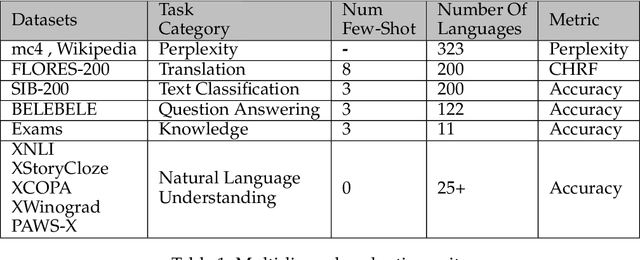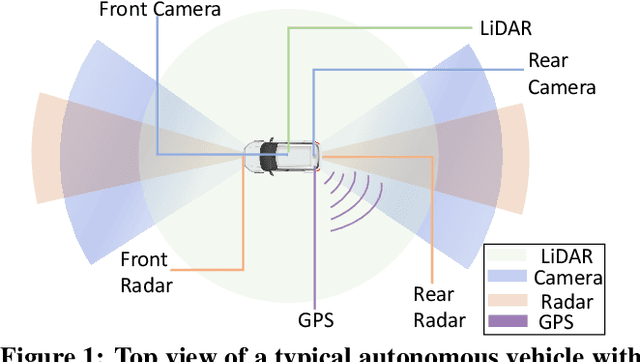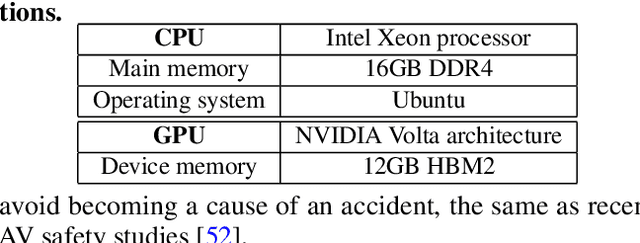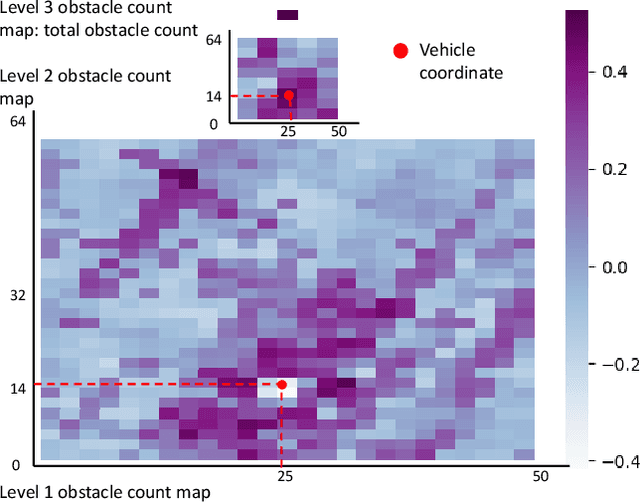Hengyu Zhao
MiniCPM4: Ultra-Efficient LLMs on End Devices
Jun 09, 2025Abstract:This paper introduces MiniCPM4, a highly efficient large language model (LLM) designed explicitly for end-side devices. We achieve this efficiency through systematic innovation in four key dimensions: model architecture, training data, training algorithms, and inference systems. Specifically, in terms of model architecture, we propose InfLLM v2, a trainable sparse attention mechanism that accelerates both prefilling and decoding phases for long-context processing. Regarding training data, we propose UltraClean, an efficient and accurate pre-training data filtering and generation strategy, and UltraChat v2, a comprehensive supervised fine-tuning dataset. These datasets enable satisfactory model performance to be achieved using just 8 trillion training tokens. Regarding training algorithms, we propose ModelTunnel v2 for efficient pre-training strategy search, and improve existing post-training methods by introducing chunk-wise rollout for load-balanced reinforcement learning and data-efficient tenary LLM, BitCPM. Regarding inference systems, we propose CPM.cu that integrates sparse attention, model quantization, and speculative sampling to achieve efficient prefilling and decoding. To meet diverse on-device requirements, MiniCPM4 is available in two versions, with 0.5B and 8B parameters, respectively. Sufficient evaluation results show that MiniCPM4 outperforms open-source models of similar size across multiple benchmarks, highlighting both its efficiency and effectiveness. Notably, MiniCPM4-8B demonstrates significant speed improvements over Qwen3-8B when processing long sequences. Through further adaptation, MiniCPM4 successfully powers diverse applications, including trustworthy survey generation and tool use with model context protocol, clearly showcasing its broad usability.
SambaLingo: Teaching Large Language Models New Languages
Apr 08, 2024



Abstract:Despite the widespread availability of LLMs, there remains a substantial gap in their capabilities and availability across diverse languages. One approach to address these issues has been to take an existing pre-trained LLM and continue to train it on new languages. While prior works have experimented with language adaptation, many questions around best practices and methodology have not been covered. In this paper, we present a comprehensive investigation into the adaptation of LLMs to new languages. Our study covers the key components in this process, including vocabulary extension, direct preference optimization and the data scarcity problem for human alignment in low-resource languages. We scale these experiments across 9 languages and 2 parameter scales (7B and 70B). We compare our models against Llama 2, Aya-101, XGLM, BLOOM and existing language experts, outperforming all prior published baselines. Additionally, all evaluation code and checkpoints are made public to facilitate future research.
Towards Safety-Aware Computing System Design in Autonomous Vehicles
May 22, 2019



Abstract:Recently, autonomous driving development ignited competition among car makers and technical corporations. Low-level automation cars are already commercially available. But high automated vehicles where the vehicle drives by itself without human monitoring is still at infancy. Such autonomous vehicles (AVs) rely on the computing system in the car to to interpret the environment and make driving decisions. Therefore, computing system design is essential particularly in enhancing the attainment of driving safety. However, to our knowledge, no clear guideline exists so far regarding safety-aware AV computing system and architecture design. To understand the safety requirement of AV computing system, we performed a field study by running industrial Level-4 autonomous driving fleets in various locations, road conditions, and traffic patterns. The field study indicates that traditional computing system performance metrics, such as tail latency, average latency, maximum latency, and timeout, cannot fully satisfy the safety requirement for AV computing system design. To address this issue, we propose a `safety score' as a primary metric for measuring the level of safety in AV computing system design. Furthermore, we propose a perception latency model, which helps architects estimate the safety score of given architecture and system design without physically testing them in an AV. We demonstrate the use of our safety score and latency model, by developing and evaluating a safety-aware AV computing system computation hardware resource management scheme.
 Add to Chrome
Add to Chrome Add to Firefox
Add to Firefox Add to Edge
Add to Edge